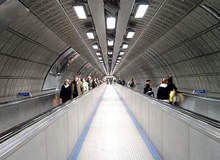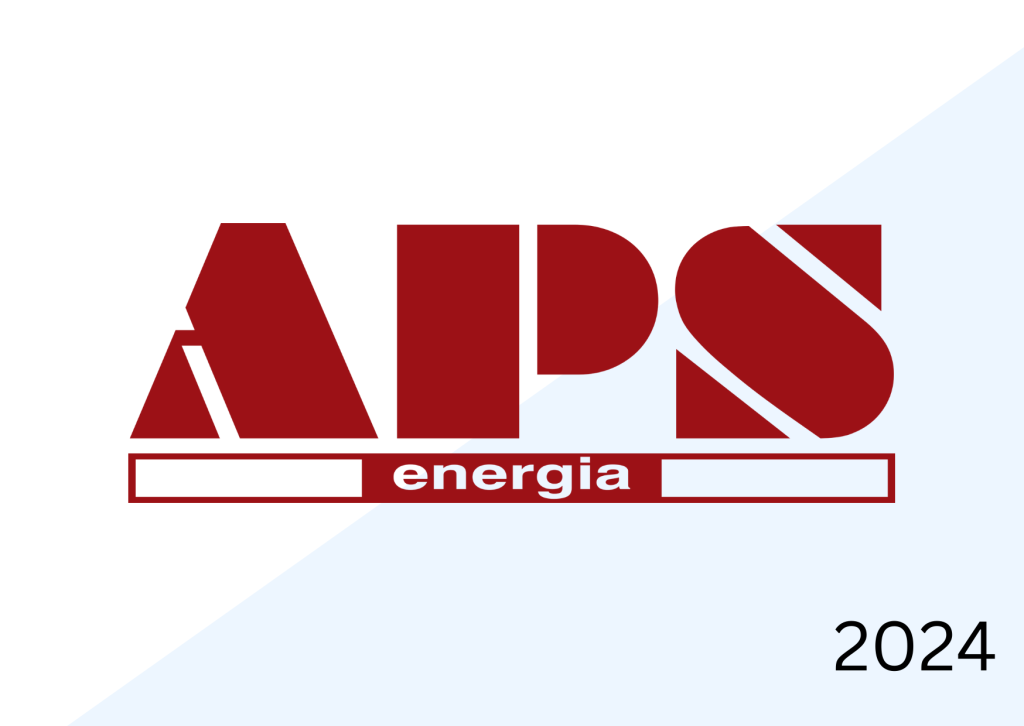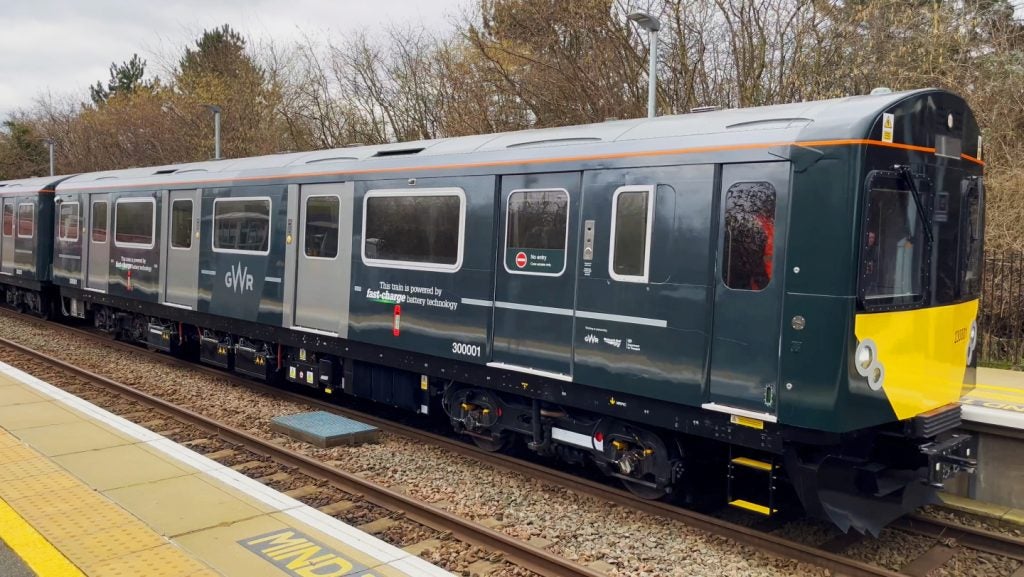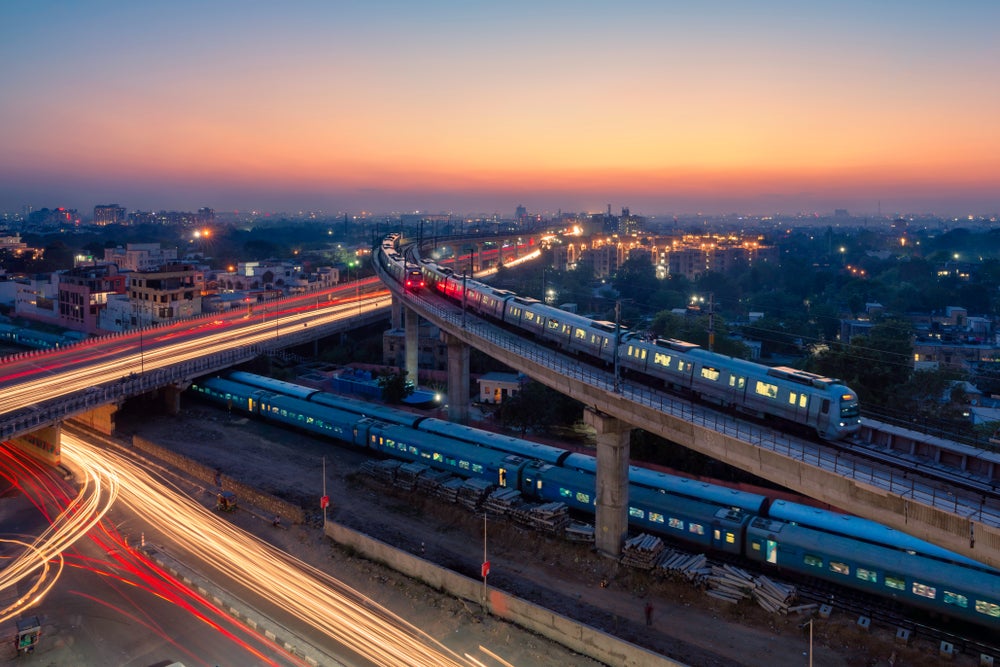
The use of CCTV systems has long been championed as a means of improving public safety and, unsurprisingly, a heightened fear of global terrorism has brought renewed developments in this sector.
One of the most potentially important developments has to be the rise of intelligent vision (IV) systems – enhanced CCTV surveillance which can automatically spot suspicious behaviour and raise the alarm. The approach is generating considerable interest, not least because it addresses some of the most fundamental problems of video surveillance of the past.
As with other sectors of technology, the hardware behind intelligent vision systems has seen rapid development since its early – and often erratic – monochrome days.
The latest generations of digital cameras represent unprecedented standards of image clarity and data acquisition, with many of the high-end units performing better than the human eye under poor lighting conditions. However, no matter how good the picture, in the end, effective use of any form of visual monitoring falls to the interpretation of what is seen.
Speaking at the International Carnahan Conference on Security Technology back in 1999, the British CCTV security expert Geoff Thiel observed that unless installed cameras are actively watched and incidents detected in real time, CCTV is relegated to a purely forensic role. Clearly, while compelling video evidence in the case of a robbery or assault may result in an early guilty plea – and significant savings in court costs – it is of little value in counteracting the kind of threat posed by suicide bombers.
See Also:
Moreover, many vigilance tests have shown that humans are surprisingly poor at monitoring TV screens, tending to become inattentive and notably less efficient after as little as 20 minutes of ‘screen-gazing’. Evidently, vast control rooms with banks of monitors are no guarantee of security, no matter how impressive they may appear or how much popular belief might hold otherwise.
How well do you really know your competitors?
Access the most comprehensive Company Profiles on the market, powered by GlobalData. Save hours of research. Gain competitive edge.

Thank you!
Your download email will arrive shortly
Not ready to buy yet? Download a free sample
We are confident about the unique quality of our Company Profiles. However, we want you to make the most beneficial decision for your business, so we offer a free sample that you can download by submitting the below form
By GlobalDataSupported by ever more complex software to model usual behaviour patterns – to allow the system to discern the ‘unusual’ for itself – IV technology offers the promise of unparalleled protection, from a sentry which can never be caught ‘off-guard’.
For railway operations in particular, where for a variety of reasons the levels of security which have become routine for airports and flying are simply impossible to replicate, CCTV offers a way to balance proper precautions with causing minimal interruption.
THE RISE OF INTELLIGENCE
IV has its origins in the 1980s, when system designers began to develop video motion detectors (VMDs) to overcome the ‘bored guard’ problem. VMDs compare successive frames for changes and when the number or scale of those changes exceeds a pre-set threshold level, a human operator is alerted who then decides how to respond.
While the approach was groundbreaking, its success was limited – for many applications there are too many ‘innocent’ sources of image change, and, faced with frequent false alarms, guards can soon learn to simply disregard the system altogether.
The next decade, however, saw the increasing use of expert systems and other techniques borrowed from the field of artificial intelligence (AI), making motion detection considerably more effective. Even with these advances, there remain inherent problems for any AI system attempting to make sense of events unfolding in real time in an uncontrolled, real-world environment. Furthermore, before ‘suspicious’ behaviour can be detected, comprehensive rules need to be written in to the programming to define it in the first place.
In the aftermath of the Madrid bombings in 2003, London Underground tested IV at Liverpool Street station, but the system was found to have a tendency to raise too many false alarms for reliable operational deployment and was subsequently dropped.
Even with this initial setback, London Underground’s interest in the technology remained, leading to the inspection of a trial of a new and improved version on the New York subway two years later. London Underground is one of the world’s largest users of CCTV and plans to double its number of cameras to12, 000 by around 2011.
The whole IV concept was to be pushed further up the political agenda in a speech by UK Transport Secretary Alastair Darling at the International Association of Public Transport Security Conference in November 2005. However, despite the UK’s evident enthusiasm for CCTV – Britain has 1% of the world’s population but 20% of the CCTV cameras – most of the experts at the conference felt that widespread uptake of IV was highly unlikely in the foreseeable future.
At the time, the general consensus of experience was that people almost always identified abnormal behaviour more readily than automated systems. In the words of London Underground’s chief operating officer Mike Brown: "One of the best technologies we have is the eyes and ears of our staff."
Switching from the older analogue systems – or adapting them to meet the demands of digital network standards – forms part of the key to the future of IV and some countries have already gone down this route. Singapore’s Mass Rapid Transit, for example, recently replaced its analogue equipment as part of a five-phase turnkey solution provided by O’Connor’s Security.
Making the move is obviously not without significant financial implications; the expense and the logistics for large transport systems are far from trivial considerations.
AN INTELLIGENT FUTURE?
Amongst the latest range of developments which have brought the era of full IV a little nearer, Bosch Security Systems’ move towards embedding intelligence at the front edge of the surveillance network has arguably been one of the most important. By embedding intelligent functions within modern IP network encoders and cameras themselves, network traffic is significantly reduced – leading to savings in bandwidth and storage.
In addition, the latest version of the associated software, IVMD 2.0, includes an enhanced background-learning algorithm which allows the system to adapt to changes in environment. This aids in reducing spurious alarms along with having an extended capability to detect unusual behaviour.
Spotting individuals in a crowd acting ‘suspiciously’ is, however, only one aspect of the potential of truly intelligent surveillance. The emerging generation of enhanced CCTV technologies also includes improved methods to detect suspicious abandoned objects, flag up unauthorised vehicles entering or parking in sensitive areas and map car trajectories – to guard against a Glasgow Airport-style attack.
Picking out ‘wanted’ faces is another area ripe for future expansion. Since identification is only useful if it is robust, in the context of CCTV the most practical biometric techniques rely on some form of face or gait recognition. However, while face recognition has produced good results with cooperative subjects in controlled conditions, for IV surveillance systems in public open spaces, the challenge is far greater.
The technology is undoubtedly getting better all the time, now enabling extrapolation from partial images to synthesise a virtual full face for comparison, but to be effective, the system needs to be fast without sacrificing accuracy. It must also be able to process large numbers of people – during peak hours at a railway station, for instance – and monitor many video streams simultaneously.
As Alain Caire, director of security for the Paris regional transport authority, RATP, observed, comparing a single face may take little more than a second or two, but if you are comparing that face with 20 terrorists’ faces, the time delay becomes unworkable.
Advanced surveillance systems able to provide the continuously high vigilance needed to detect comparatively rare terrorist or criminal activity have an obvious appeal, but the technology still has some way to go before practical performance entirely matches theoretical promise. With CCTV forming such an integral feature of the security landscape, however, it may only be a matter of time before it does.






